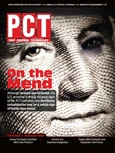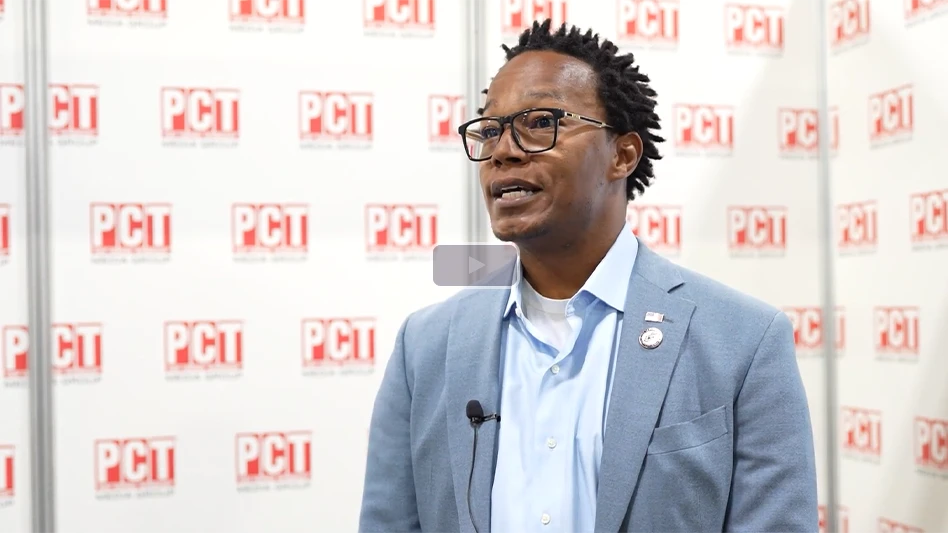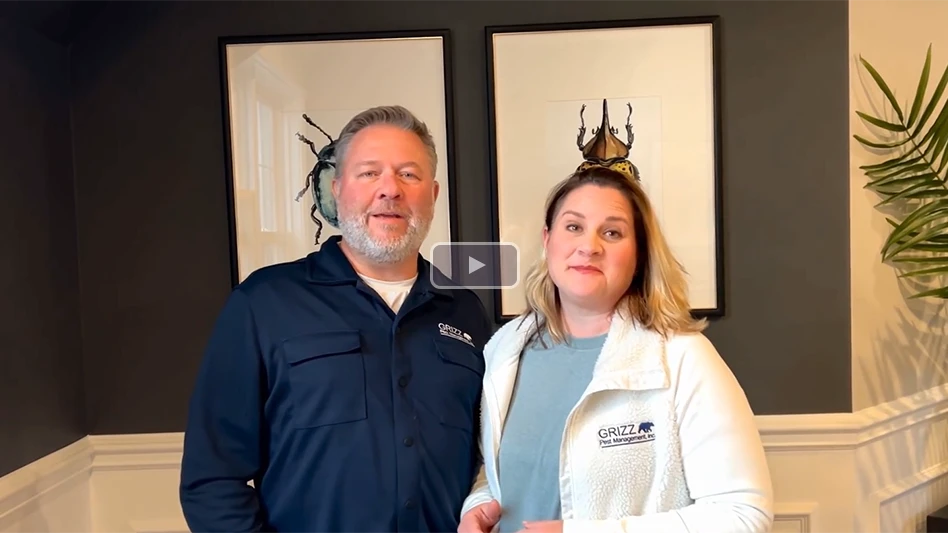Fly management is an area of pest management that’s growing by leaps and bounds. While they may not be getting quite the buzz bed bugs have been commanding of late, flies continue to be a hazard: They carry disease, breed bacteria and serve as a general nuisance. As people discover they don’t have to put up with flies anymore, they’re demanding better, more effective methods of controlling their spread. Researchers like Dr. Phil Koehler are up to the task (see photo 1, right).
Koehler, endowed professor of urban entomology at the University of Florida, has put together teams of researchers to conduct research into the behaviors of large flies, or invaders, which include flesh flies, blowflies, bottle flies, houseflies and other flies whose breeding sources lie outside the structure they invade; and small flies, or terrorists, which include phorid, drosophila and drain flies, which breed inside a structure. His research led to the following series of experiments aimed at designing a more effective fly trap.
Experiment #1: Strike a cord. Recognizing the critical role visual attraction holds in drawing flies to a trap, Koehler posed the question, "What if we sprayed insecticide on a cord and wrapped the cord around the trap?" Electrical cords are notorious for attracting flies, so why wouldn’t incorporating a cord improve trap performance?
And so the experiment was on. Koehler’s team developed a variety of permutations of the trap, using combinations of three possible components – color, attractant and cord. Populations of 300 houseflies were exposed to each trap, and the research team measured results over a 24-hour period. They found that the trap alone barely affected the populations while the trap-with-cord killed all of the flies. It seemed the type of attractant used (they tried a variety of pungent, sticky substances) had no impact; it was all about the cord. In fact, when the trap itself was removed from the mix, the insecticide-treated cord worked effectively on its own.
Experiment #2: Color their world. How might color affect trap performance? Given that the vast majority of fly traps are yellow, it would seem that significant attention had been paid to this topic in the past. Or not.
"When we evaluated commercial traps, we found they had one important thing in common: They were yellow," says Koehler. "That’s most likely because they were originally designed for agriculture, and insects out in the fields are drawn to yellow flowering plants. But is yellow as attractive in other settings? We found that it’s actually not."
The team set up a two-paneled light tunnel in their lab – essentially two Styrofoam containers connected by a sewer pipe (see photo 2, right). The flies were released in the center and had their choice of going into container A, which was black, or container B, which was, alternately, red, blue, yellow or white. And guess what? Only one color repelled the flies: yellow! Flies, it would seem, prefer white or blue. Between those two choices, blue beat white by a 2:1 margin.
So why aren’t all fly traps blue? Well, they appear to be making that evolution. For example, Koehler points out that the World Health Organization is using blue traps to control tsetse fly populations in Africa. His team is intent on convincing other pest management professionals that blue is the new yellow.
Experiment #3: winning equation. OK. Cord: good. Blue: good. Cord + Blue should = excellent. So the researchers hit the lab again. One by one, they wrapped cords of various colors around the blue trap. They found the black cord around the blue trap to be the most effective combination possible. The black cord most closely simulates the crevices flies use to enter buildings. They’re conditioned to seek these dark areas, and when they’re situated atop their favorite color, blue, these "crevices" – cords sprayed with spot bait – are absolutely irresistible.
Taking It to the Streets. For field testing, Koehler turned the reins over to University of Florida doctoral student and Navy Lieutenant Joe Diclaro II. A good part of Diclaro’s involvement stems from his desire to offer military forces a better means of controlling filth fly infestations that carry disease to soldiers (see photo 3, page 75). In fact, the Pentagon has provided funding for this research.
Diclaro and his team began by building a trap for real-world testing. They molded corrugated plastic into a cylindrical shape, added black cords – wool yarn treated with insecticide – and then introduced a food source: Calf-Manna,® a type of animal feed used to wean calves. They chose this particular material because it doesn’t smell as bad as many other options, so it can be used in indoor – as well as outdoor – settings.
Test site #1: Look what the cat dragged in. Starting small, the research team set up a trap on the property of Koehler’s neighbor, who often feeds the neighborhood cats. The wet cat food left outside attracts blowflies by the hundreds. Within 24 hours of introducing the trap to the area, all of the flies appeared to be gone, and the trap held nearly 200 dead blowflies. On to bigger targets.
Test site #2: Not for the faint-hearted. In Gainesville, Fla., a snake farm attracts flies through not only the dumpster outside, which serves as the receptacle for dead snakes and rats (snake feed) and other organic material, but also the incubators inside, where unviable snake eggs and snake waste attract phorid flies by the thousands. Diclaro’s team set up traps in both places.
The need for population control is especially critical in this type of facility because the phorid flies lay eggs on bad snake eggs, which can result in tens of thousands of flies from a single snake egg. These terrorist flies pose a risk to the snakes (they’ve been known to eat snakes’ eyes from the sockets) as well as the workers (there have been reported cases of workers inhaling the microscopic phorid eggs unknowingly and subsequently suffering from myiasis, wherein these parasitic maggots devour the lung tissue).
Diclaro’s trap exterminated 3,000 flies in the first 24-hour period, and continued to control the fly populations in subsequent days.
Test site #3: They’re lovin’ it. A quick-service restaurant in Tallahassee had been causing pest management professionals intense grief. Hanging light traps and meter sprayers wasn’t enough to control the influx, via the drive-through window, of houseflies, coming from the restaurants outdoor dumpsters, and blowflies, coming from the dumpsters of the seafood restaurant across the street. The research team introduced the new trap and even dressed it up by concealing it within a flower pot so it could also work its magic in the dining room without announcing to customers that there was a pest problem. Again, dead flies within minutes, and overall effectiveness beyond any method preceding it.
So common themes unwind: The new trap works. It’s flexible, too, in that a variety of active ingredients – imidacloprid, fipronil, indoxacarb – are effective when mixed with the trap bait. To take the design a step further, Diclaro made the device collapsible so it could be used by military teams in the field. It worked for them. It also worked in Greece, where Koehler tested it. "It seems we can take it anywhere in the world and it will be effective," he says.
UF is so impressed it has submitted the trap for a patent and is seeking manufacturers to produce and distribute it. "What’s great about the trap we developed as a result of this research," says Diclaro, "is that it should be on the market soon so that pest management professionals can add it to their arsenal."
The author can be contacted at ddefranco@giemedia.com.

Explore the June 2010 Issue
Check out more from this issue and find your next story to read.
Latest from Pest Control Technology
- Webinar: ActiveGuard Will Positively Impact Your Bottom Line
- MGK Announces EPA Registration of Botanical Active Ingredient Veratrine
- Termite Control Sales Strategies
- NPMA Announces ELP Class of 2025
- Termite Control Tools and Equipment for PMPs
- Choe Reviews Drywood Termite Geographical Hotspots, Latest Research Findings
- Mosquito Squad Announces Rebranding to Mosquito Squad Plus
- Pest Control Equipment: If it’s Critical, Back it Up!





